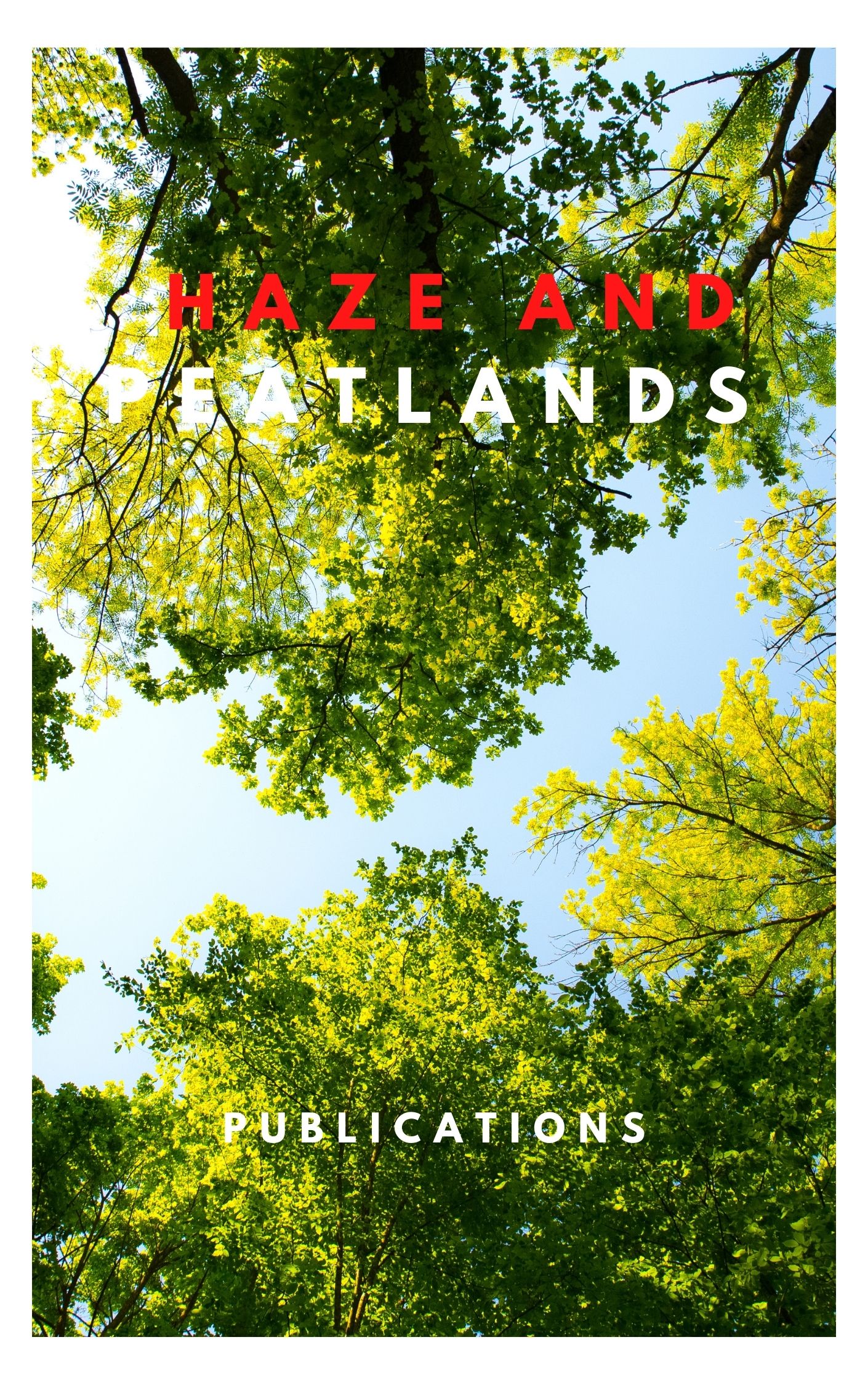Smoke aerosol emissions from Indonesian fires frequently cause adverse environmental consequences across southeast Asia. Satellite observations provide us with a great opportunity to monitor such emissions at large scales. However, existing satellite-based estimates of Indonesian fire emissions vary considerably in magnitude, differing by a factor of four. Here, we aim to improve Indonesian fire emissions estimates through improved calculations of fire radiative energy (FRE: time-integrated fire radiative power (FRP)) and smoke aerosol emission coefficients (Ce) using multiple new-generation satellite observations. Specifically, peatland and non-peatland Ce values were derived from FRP and emission rates of smoke aerosols based on Visible Infrared Imaging Radiometer Suite (VIIRS) active fire and aerosol products. FRE was calculated from the diurnal FRP cycle that was reconstructed by fusing cloud-corrected FRP retrievals from the high temporal-resolution Himawari-8 Advanced Himawari Imager (AHI) with those from high spatial-resolution VIIRS. Then, fuel type-specific Ce values and fused AHI-VIIRS FRE were used to produce hourly and daily fire emission data from 2015 to 2020 across Indonesia. To evaluate AHI-VIIRS estimates, we generated a reference dataset of total particulate matter (TPM) by computing Moderate Resolution Imaging Spectroradiometer (MODIS) aerosol observation differences from successive Terra and Aqua satellites overpasses over a set of manually-selected smoke plumes. AHI-VIIRS-based fire emissions correlated significantly with the MODIS reference data (r = 0.84; p < 0.001). The interannual time series analysis of AHI-VIIRS emissions showed extreme variability (~26 fold), with the greatest amount in 2015 (6.09 Tg) and the least in 2020 (0.23 Tg), during the study period. Mean annual fire emissions distributed across Indonesia's islands were primarily from Kalimantan (43.8%) and Sumatra (41.7%), followed by Sulawesi (5.6%), Java (4.5%), and Papua (4.4%). Additionally, contributions of Indonesian fire emissions from peatland, forest, cropland, and savanna/grassland fuel types were 51.4%, 37.8%, 7.0%, and 3.8%, respectively, during the fire season of the strong 2015 El Niño event. The analysis suggests that the majority of Indonesian fire emissions are very likely associated with large-scale land use conversion from peatland to agriculture, as well as prolonged droughts induced by El Niño events. © 2022
View source

